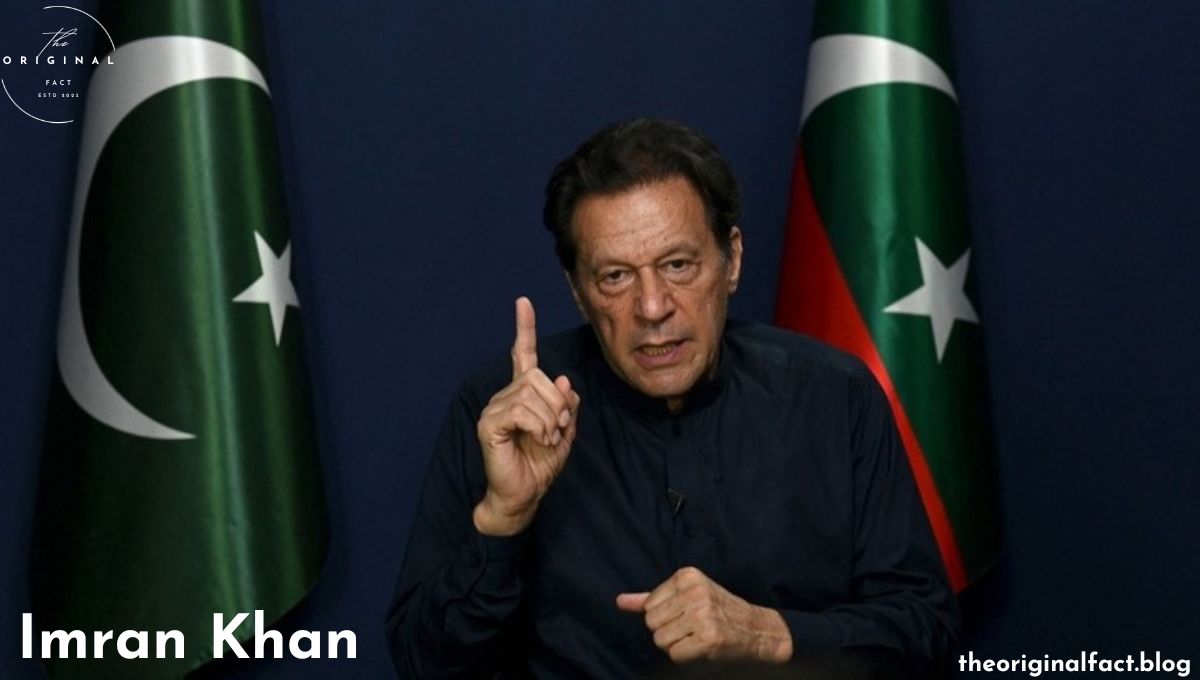Imran Khan Pakistan
Imran Khan is the name, and cricket with politics go hand in glove with the continued reminisces of Pakistan. It is the tale of one of the most powerful and, at the same time, one of the most polarizing figures in the modern history of this South Asian nation. From that moment when he led Pakistan to World Cup glory to his amazing transformation into a political leader,
Imran Khan’s journey is simply incredible. This biography on Imran Khan includes his life since early childhood, his cricketing career, and his political life as prime minister of Pakistan, which put him through the turmoil of the vote of no confidence and extends until the 2024 elections.
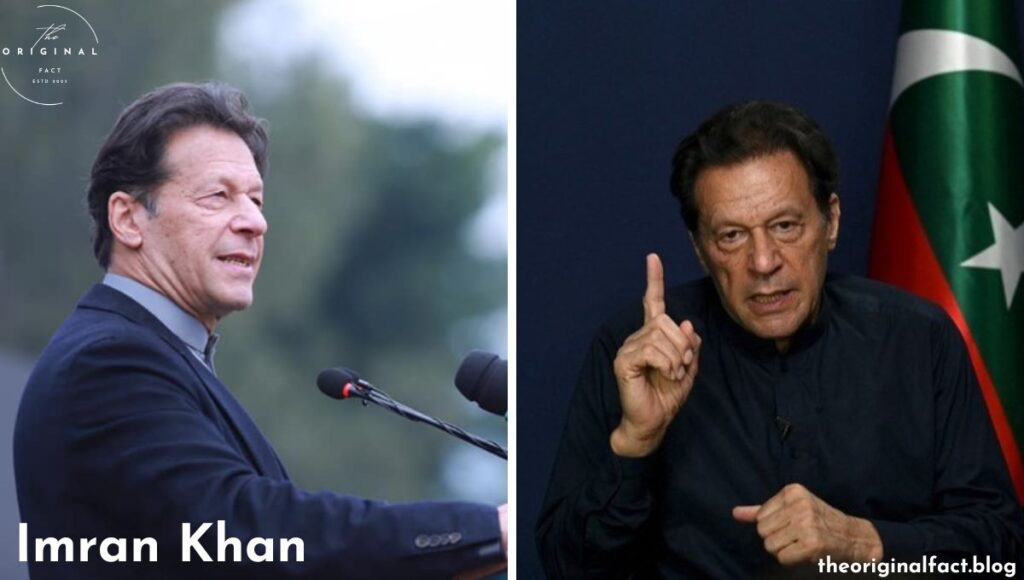
Early Life and Background
Imran Ahmed Khan Niazi was born in Lahore, Pakistan, on October 5, 1952, into a wealthy Pashtun family. Ikramullah Khan Niazi, his father, was a civil engineer, while his mother, Shaukat Khanum, was a homemaker. While family status privileges no doubt impressed early life, it also instilled a sense of responsibility and strong feelings of patriotism in Khan.
Khan was educated at the prestigious Aitchison College in Lahore before being sent to England to be educated at the Royal Grammar School in Worcester. His academic journey then took him to Keble College, Oxford, where he studied Philosophy, Politics, and Economics. It was in these years in England that Khan’s great passion for cricket was ignited; it was the foundation of a destined future for one of Pakistan’s most exceptional sportsmen.
The Cricketing Legend
Imran Khan’s name is etched in the annals of cricket history. Eighteen years old, he made his debut for the Pakistan national cricket team in 1971. Khan rose during the succeeding two decades as the face of Pakistani cricket with fast bowling, aggressive leadership, and charisma in his personality. His cricket career culminated in 1992 when he led Pakistan to its first-ever World Cup victory. This victory enshrined Khan as a cricketing legend but also fueled his ambition of doing something greater for the national life of Pakistan.
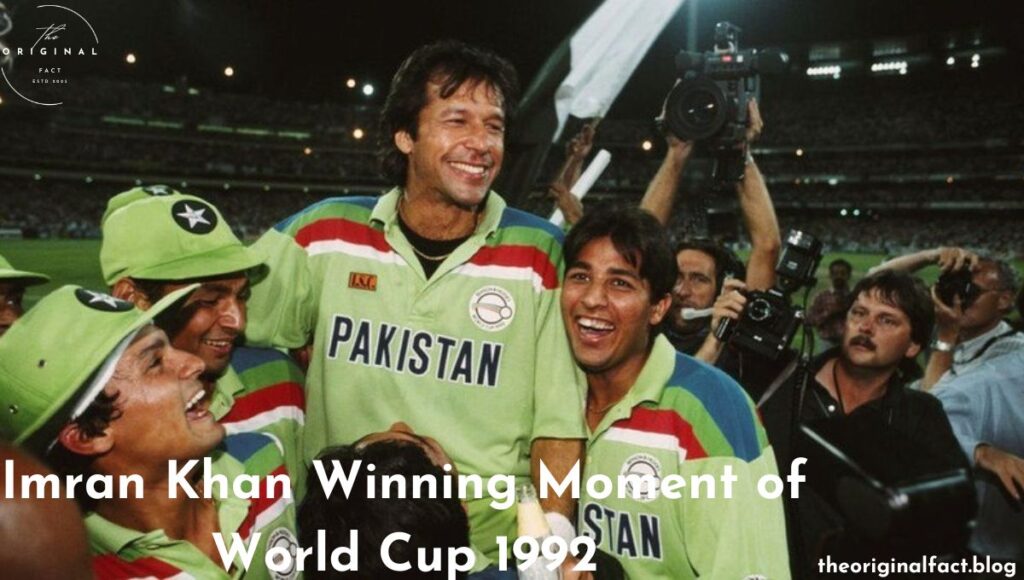
The influence of Khan stretched beyond on-field heroics. He went on to play a massive role in taking the Pakistan cricket team and turning them into an actual force, bringing in a disciplined environment with the needed winning mentality. Having rounded himself at both bowling and batting, he found himself within the reckoning for the greatest the game had ever seen.
After he retired from cricket in the year 1992, Khan’s interest shifted to philanthropy and nation-building. His celebrity and resources were channeled into the creation of the Shaukat Khanum Memorial Cancer Hospital & Research Centre in Lahore. He did so in memory of his mother, who died of cancer. To date, it remains one of Pakistan’s finest healthcare facilities and provides free-of-cost treatment to thousands of cancer patients annually.
Shaukat Khanum Memorial Cancer Hospital: A Legacy of Compassion
One of the most lasting contributions that Imran Khan has made to Pakistan is the Shaukat Khanum Memorial Cancer Hospital & Research Centre in Lahore. He founded it in memory of his mother, Shaukat Khanum, who died of cancer in 1985. Moved by the suffering his mother went through from the disease, he was determined to build a good facility for those who could not afford to get quality care for this sickness.
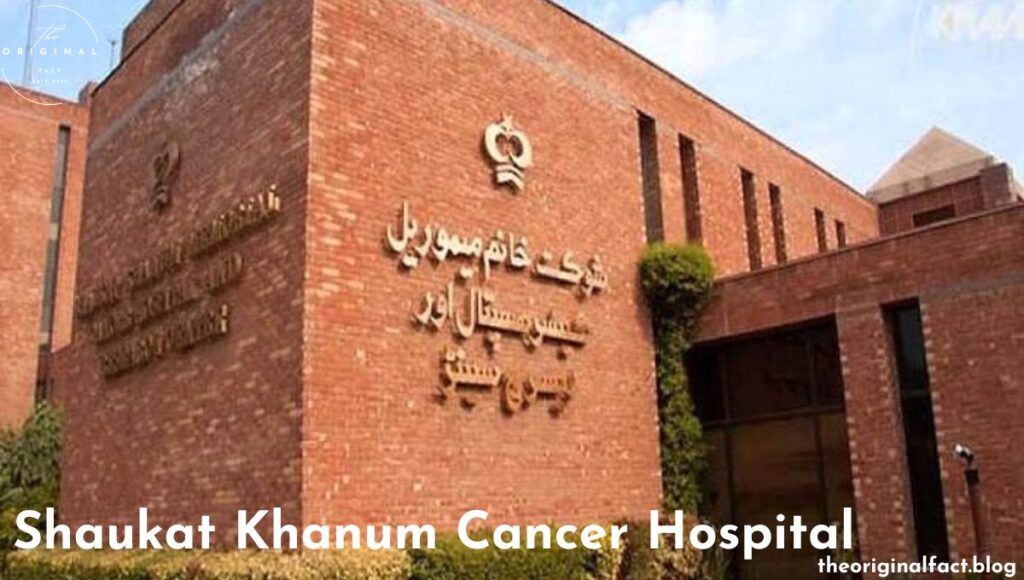
The Shaukat Khanum Memorial Cancer Hospital and Research Centre, built in 1994, is the first of its kind in Pakistan, covering all treatment costs for most of its patients, either for free or at subsidized rates. This not only epitomizes Khan’s commitment to philanthropy but has also turned into a beacon of hope for thousands of cancer patients across the country. It was funded mostly by donations and through Khan’s fundraising efforts taken tirelessly for its building. The hospital has since expanded to Peshawar and Karachi.
The contribution of Shaukat Khanum Hospital towards the Pakistani healthcare system has thus been immense. However, more than simply contributing to cancer treatment in the country with state-of-the-art facilities and expert medical care, Khan took it upon himself that no cancer patient should be turned back for treatment due to lack of finances, and the mission remains at the hub of institutional functioning.
Political Rise: The Birth of PTI
The transformation of Imran Khan from cricket into politics began in 1996 with the founding of the Pakistan Tehreek-e-Insaf party. Most of them received his foray into politics with a cold shoulder, for he was regarded as a political naive with no experience about governance. But Khan’s dream of “New Pakistan” clicked with people who were disillusioned by traditional Pakistan politics due to families.
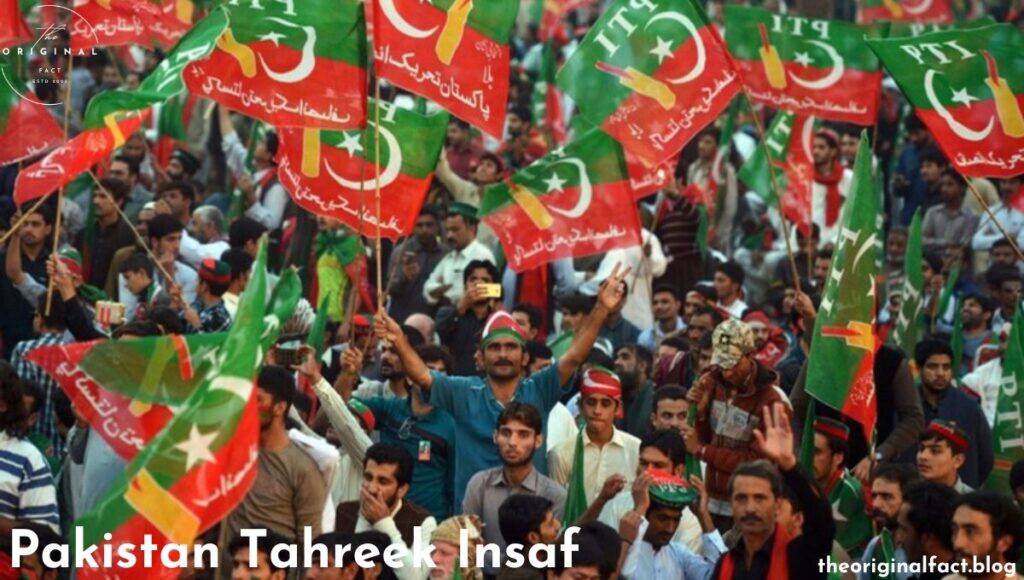
In the early years, PTI struggled to win any substantial ground, only managing to win a single seat in the 2002 general elections—Khan’s own. However, he persevered in his struggle for political reform, speaking out against corruption and requesting an independent judiciary and social justice.
It was only until the 2010s that Khan’s pursuit started paying off, since his message of change increased in momentum during these years, especially with the youth and urban middle class. PTI emerged as the third-biggest party in terms of the number of seats it held in the National Assembly from the 2013 general elections, foreshadowing an interesting change in Pakistan’s political landscape. A situation had thus been set wherein Khan’s leadership and PTI’s ever-growing popularity paved the way for what was to become another defining moment in Pakistan’s political history.
Tenure and Achievements: Prime Minister Imran Khan
The victory in 2018 general elections made the long-held dream of Imran Khan to lead Pakistan come true, and he was sworn in as the 22nd Prime Minister of Pakistan. Indeed, it was hailed as a victory of a new political force breaking over the entrenched power structures that had been in the saddle of power in Pakistan over the decades.
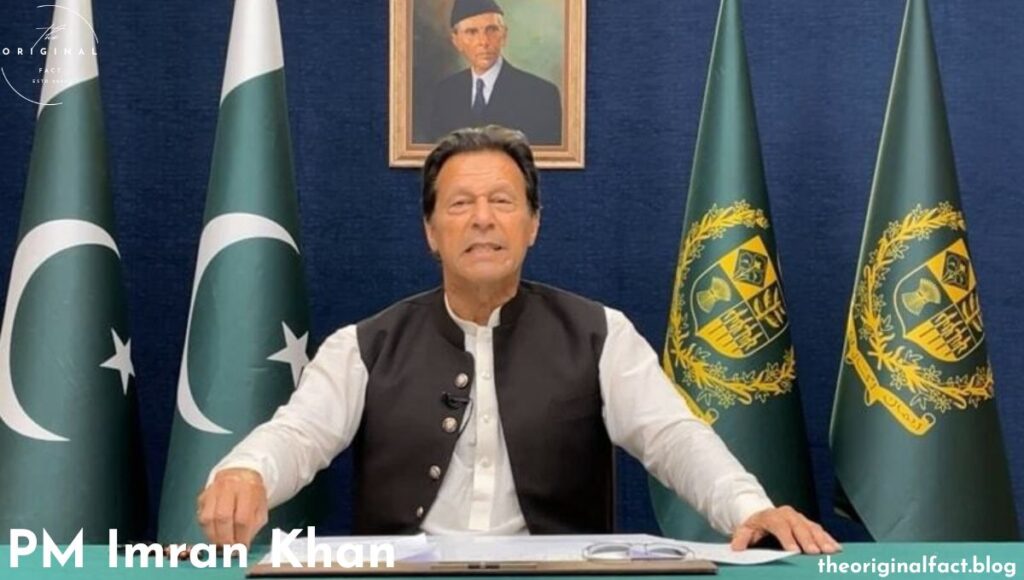
Khan’s PM-ship was a combination of bold initiatives and formidable challenges. His government launched many audacious projects aimed at improving the socio-economic condition of the country. One of these was the “Ehsaas Program,” which was a comprehensive social safety net to reduce poverty and help out the vulnerable segments of society.
Khan also worked on foreign policy, trying to reorient Pakistan in the world arena. He showed interest in peace and dialogue, particularly about the conflict-ridden Afghanistan and India, its immediate neighbor. Relations with Afghanistan: Khan’s government played a key role in facilitating peace talks between the United States and the Taliban; this underlines the fact that Pakistan is an important strategic country in this region.
Khan’s tenure was, however, also marred by controversies. His government faced flak over managing the economy due to high inflation, an expanding fiscal deficit, and a balance of payments crisis. Notwithstanding the stiff challenge, Khan continued to dream about a corruption-free and self-reliant Pakistan.
Vote of No-Confidence and Political Crisis
The tenure of Imran Khan underwent a dramatic turn in 2022 when he had to go through a vote of no confidence in the National Assembly. For the opposition parties, Khan is associated with mismanagement and economic failures; hence, they are united to remove him from power. Led by a historic vote, Khan was ousted from his office—the first time in the history of Pakistan that a sitting Prime Minister lost his office through a vote of no confidence.
This created an atmosphere of political uncertainty and loud public protests in the aftermath of Khan’s ouster. He, however, refused to sink into oblivion. Rather, he continued to press on with his anti-corruption message, promising a return to power on the pretext that his removal had been the result of a foreign conspiracy. And people listened; a good portion of the population responded positively, and gigantic rallies, with renewed support for PTI, began taking place again.
Winning the Election 2024
After the events of May 9th, Imran Khan and his party faced significant challenges. Multiple cases were filed against him, leading to his disqualification from the 2024 General Election. Several party leaders and political workers were also arrested, Many people were made to leave PTI. Despite these hurdles, PTI continued to contest the election, demonstrating resilience in the face of adversity.
As the election drew closer, the oppression against PTI intensified. PTI candidates for MNA and MPA positions were forced to withdraw their nomination papers, faced violence, and were prevented from campaigning or holding rallies. The party’s “bat” symbol was taken away, and their candidates were declared independent and assigned different symbols. Just days before the election, Imran Khan was sentenced to 10 years in prison in a marriage case to discourage his voters from casting their votes. On the day of the election, the internet was shut down across the country. Despite all these challenges, PTI won the election with a two-thirds majority. The party conducted its entire campaign through social media, which played a significant role in Imran Khan’s victory.
For more detailed insights on Imran Khan and his political career, you can visit external resources like The Guardian etc.
To Read More: Click Here

